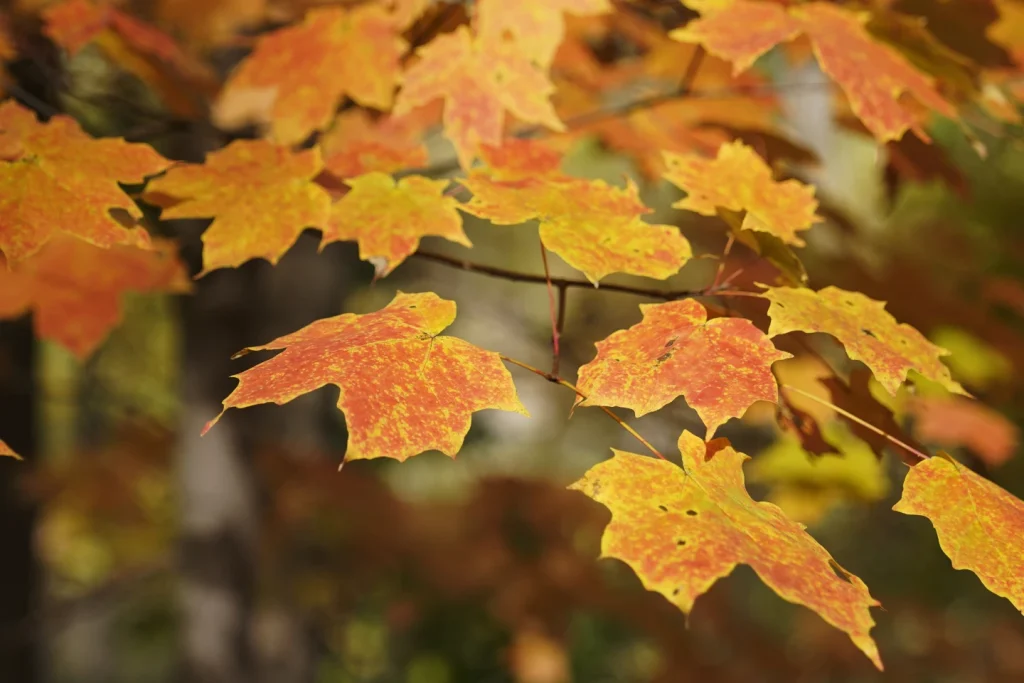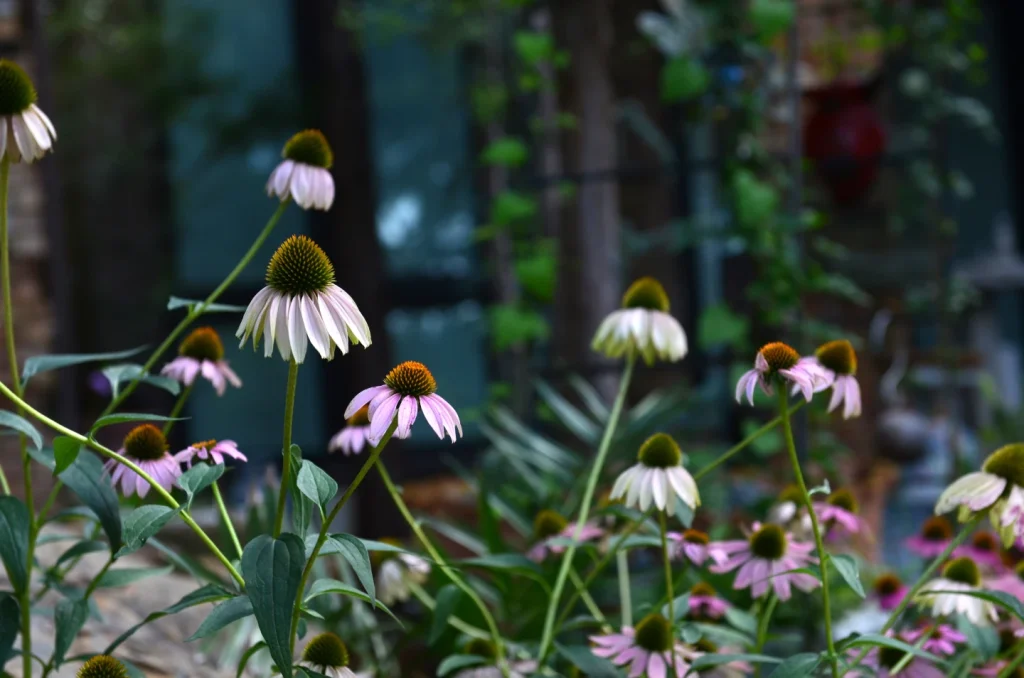As the vibrant hues of summer fade and the crispness of autumn envelops the landscape, the traditional practice of “putting the garden to bed” emerges as a quintessential fall endeavor.
Historically, this period has been characterized by a thorough cleanup of the garden, a ritualistic act that signifies the transition from the growing season to the dormancy of winter.
However, in recent years, a paradigm shift has occurred among gardeners, driven by an expanding awareness of the intricate relationships within ecosystems.
This newfound understanding emphasizes the importance of preserving habitats for migrating and hibernating wildlife, leading many to postpone their extensive fall cleanups until spring.
This evolution in gardening practices not only reflects a more sustainable approach but also aligns with the broader ecological principles that underpin our natural world.
Nevertheless, while the notion of delaying major garden maintenance is gaining traction, there remain several essential tasks that warrant attention during the fall months.
These tasks, a blend of traditional practices and innovative strategies, are vital for maintaining the health and vitality of the garden.
One of the most significant shifts in fall gardening practices pertains to leaf management. The age-old tradition of raking and bagging leaves, a ritual synonymous with autumn, has been challenged by the burgeoning “leave the leaves” movement.
Many homeowners are beginning to recognize that the act of sending organic matter to landfills not only contributes to environmental degradation but also represents a missed opportunity for enriching their gardens.
Leaves, when allowed to remain in situ, serve as a natural mulch, enhancing soil fertility and providing essential nutrients for the following growing season.
Moreover, leaves offer shelter and habitat for overwintering insects and pollinators, thus fostering biodiversity within the garden ecosystem.
By redistributing leaves from lawns to flower beds and around perennials, trees, and shrubs, gardeners can create a more resilient environment that supports various forms of wildlife.
In addition to reconsidering leaf management, gardeners are also adopting a more selective approach to pruning perennials. Traditionally, the practice of cutting back all perennials to the ground before the onset of frost was commonplace.
However, contemporary gardeners are now aware that leaving certain dried seed heads intact can provide crucial sustenance for nonmigratory birds throughout the winter months.
Plants such as purple coneflower (Echinacea), black-eyed Susan (Rudbeckia), anise hyssop (Agastache), and goldenrod (Solidago) are particularly beneficial in this regard, offering food sources that can sustain birds when other resources are scarce.
Furthermore, leaving ornamental grasses standing not only provides shelter for wildlife but also traps snow, which acts as an insulating blanket for plant roots, safeguarding them against the harsh winter elements.
While many plants can remain standing through the winter, there are exceptions that necessitate timely intervention in the fall. For instance, hostas, though beloved for their lush foliage, can become havens for overwintering slugs and pests if left unchecked.
Similarly, winter-standing irises can harbor the eggs of the notorious iris borer, which can wreak havoc in the garden come spring. Additionally, plants susceptible to diseases, such as peonies, phlox, and bee balm, should be cut back to prevent the spread of pathogens.
Above-ground growth from diseased plants must be removed and disposed of properly, as allowing these remnants to remain can lead to soil contamination and subsequent infections in next year’s crops. It is imperative to avoid composting diseased plant material, as this can further exacerbate the problem.
In preparation for winter, gardeners should also take the opportunity to dig up and store tender bulbs such as gladiolas, dahlias, cannas, tuberous begonias, and elephant ears.
These bulbs, which are not frost-hardy, require careful storage to ensure their survival until the next growing season. Additionally, the fall is an ideal time to collect seeds from spent annuals, allowing gardeners to preserve genetic diversity and cultivate their favorite varieties in the following year.
By storing seeds in a cool, dark place within paper envelopes or glass jars, gardeners can ensure their viability for future planting.
Weeding is another critical task that should not be overlooked during the fall months. The adage “one year’s seedling makes seven years of weeding” underscores the importance of proactive weed management.
Many weed seeds can remain dormant in the soil for decades, only to germinate when conditions become favorable. By diligently pulling weeds before they set seed, gardeners can significantly reduce the weed burden for the upcoming season, ultimately saving time and effort in the long run.
As the growing season draws to a close, it is essential to harvest the last of the summer vegetables. Gardeners should take the time to enjoy the fruits of their labor, consuming what they can and preserving, drying, or freezing any surplus.
This practice not only extends the enjoyment of homegrown produce but also contributes to sustainable living by minimizing food waste.
Finally, the fall is an opportune time for planting garlic and spring-flowering bulbs. Garlic, in particular, benefits from a fall planting, allowing it to establish roots before the ground freezes.
Similarly, spring-flowering bulbs, such as tulips and daffodils, require a period of chilling to ensure robust blooms in the spring. By planting these bulbs in the fall, gardeners can look forward to a vibrant and colorful garden as winter gives way to spring.
As the growing season gradually draws to a close, it becomes imperative to undertake the essential task of clearing summer-crop beds of debris, thus ensuring that your garden remains in optimal condition for the forthcoming months.
Should your aspirations include a vigorous and fruitful start to the next spring, it is advisable to conduct a comprehensive soil pH test.
This testing will enable you to ascertain the current acidity or alkalinity of your soil, and should amendments be deemed necessary, appropriate adjustments can be made to enhance its fertility and overall health.
Following this, the application of a generous three-inch layer of compost over the bare soil surface serves to enrich the nutrient profile and improve the organic matter content, fostering a vibrant ecosystem for plant growth.
Furthermore, while mulching is an indispensable strategy in maintaining soil health, it is crucial to defer the application of a three-inch layer of mulch around plants and trees until after the ground has undergone frost.
This practice helps to stabilize soil temperatures, providing a protective barrier against the adverse effects of freeze-thaw cycles that can disrupt root systems.
However, care must be taken to position the mulch a few inches away from the bases of shrubs and tree trunks, as direct contact may lead to rot and subsequent decline in plant health.
In addition to these horticultural preparations, consideration should also be given to the storage of terra cotta pots, which, known for their porosity, can absorb significant amounts of moisture.
As temperatures plummet, this absorbed water poses a risk, as the potential for freezing and subsequent expansion may lead to irreparable damage to the pots.
Therefore, safeguarding these valuable containers by storing them indoors will both preserve their integrity and extend their usability for years to come.
In conclusion, one must embrace the forthcoming transition by preparing for the enchanting spectacle that is spring.
While it may sound somewhat whimsical, the cyclical nature of gardening carries with it a certain charm; those leaves that occupy your time during the fall, either meticulously collecting or casting aside, will inevitably resurface in a matter of months, leading you to engage once more in the habitual task of raking.

Such is the inexorable rhythm of nature, often inexplicable yet consistently reliable, compelling you to participate in the endless cycle of seasonal renewal.
In conclusion, the evolving approach to fall gardening reflects a growing awareness of the interconnectedness of ecosystems and the importance of fostering biodiversity.
While the traditional practice of cleaning up the garden has its merits, the modern gardener recognizes the value of leaving certain elements intact to support wildlife and enhance soil health.
By adopting a more thoughtful and selective approach to fall gardening, individuals can contribute to the sustainability of their local environments while also ensuring the vitality of their gardens for seasons to come.
The tasks that remain to be tended to in the fall—leaf management, selective pruning, disease control, bulb storage, seed collection, weeding, and harvesting—are not merely chores but integral components of a holistic gardening philosophy that honors the delicate balance of nature.
As we embrace these practices, we not only enrich our own gardening experiences but also play a vital role in nurturing the ecosystems that sustain us.
